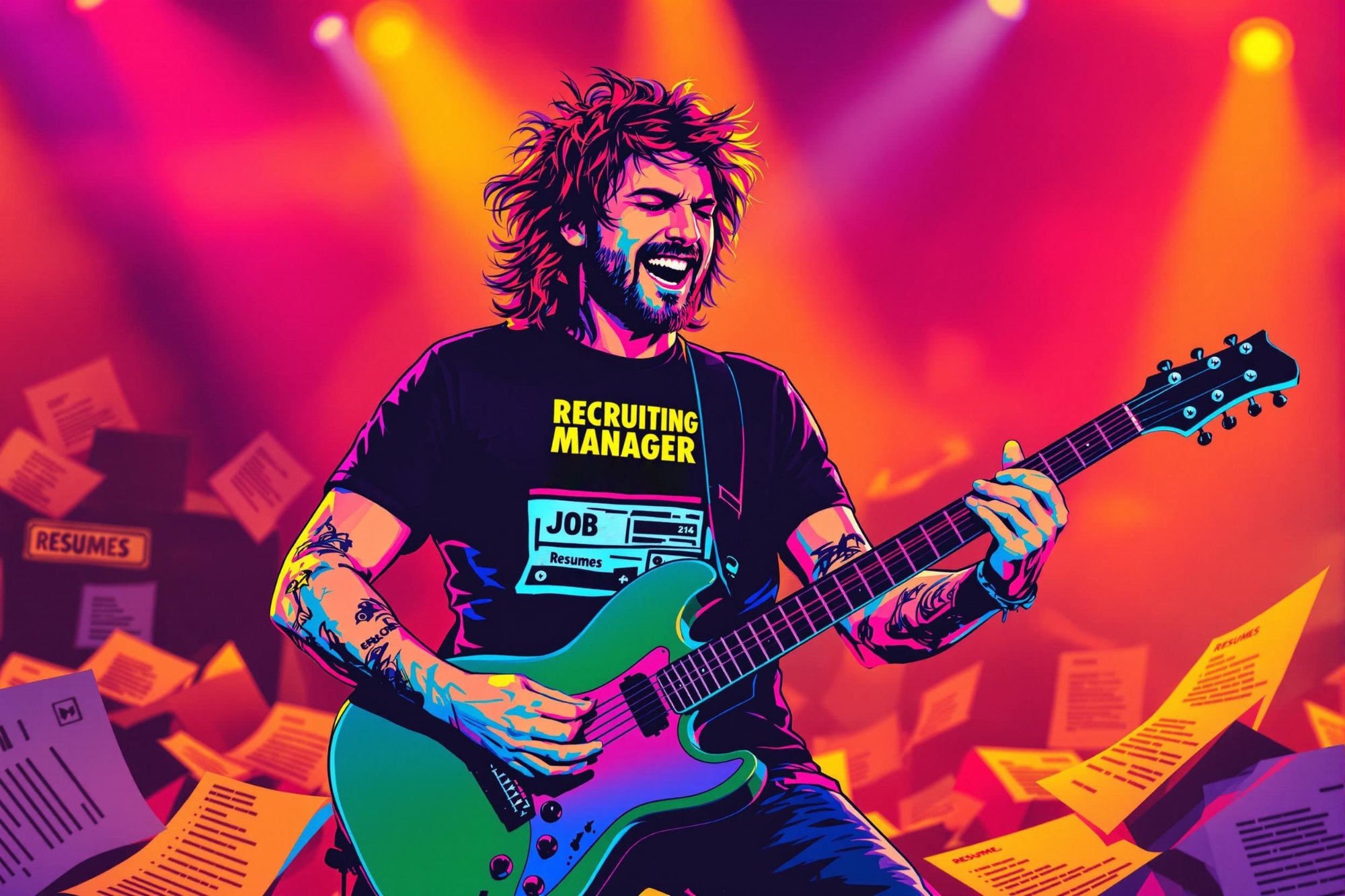
Stunt Double
A stunt double is a trained professional who stands in for actors during dangerous, physically demanding, or complex action sequences in movies, TV shows, and other productions. They are skilled performers who make the impossible-looking scenes possible while keeping the main actors safe. Think of them as highly specialized body doubles who handle everything from fight scenes and car chases to falls and complex athletic movements. They work closely with stunt coordinators and must often match the actor's physical appearance and movement style to maintain believability on screen.
Examples in Resumes
Served as Stunt Double for lead actor in major action film franchise, performing complex fight choreography and vehicle stunts
Performed as Stunt Double and Stunt Performer for over 20 television episodes, specializing in high falls and combat sequences
Lead Stunt Double for female action star, executing motorcycle chase scenes and wire-assisted aerial movements
Typical job title: "Stunt Doubles"
Also try searching for:
Where to Find Stunt Doubles
Professional Organizations
Industry Networks
Training Resources
Example Interview Questions
Experienced Stunt Double Questions
Q: How do you approach creating a safe environment when coordinating complex stunt sequences?
Expected Answer: Should discuss risk assessment, safety protocols, proper equipment checks, clear communication with all team members, and having backup plans. Should mention experience leading teams and training others.
Q: Describe your most challenging stunt and how you prepared for it.
Expected Answer: Should demonstrate extensive planning process, risk management, physical preparation, and collaboration with other departments like special effects and camera team.
Mid-Level Stunt Double Questions
Q: How do you match an actor's movement style and mannerisms?
Expected Answer: Should explain observation techniques, studying actor's footage, practicing specific movements, and maintaining character consistency during action sequences.
Q: What's your process for preparing for different types of stunts?
Expected Answer: Should cover physical conditioning, specific skill practice, safety preparations, and working with different departments like costumes and makeup.
Entry-Level Stunt Double Questions
Q: What basic safety protocols do you follow on set?
Expected Answer: Should know fundamental set safety rules, proper use of safety equipment, communication protocols, and when to speak up about safety concerns.
Q: What physical skills and training do you have?
Expected Answer: Should list relevant athletic background, stunt training courses completed, and basic stunt skills like falling, fighting, or vehicle handling.
Experience Level Indicators
Junior (0-2 years)
- Basic stunt safety awareness
- Fundamental physical fitness and agility
- Basic fight choreography
- Simple falls and rolls
Mid (2-5 years)
- Complex fight sequences
- Vehicle stunts
- Wire work basics
- Character matching ability
Senior (5+ years)
- Advanced stunt coordination
- Complex technical stunts
- Safety supervision
- Mentoring and training others
Red Flags to Watch For
- No formal stunt training or certification
- Lack of physical fitness or conditioning
- Poor understanding of basic safety protocols
- No experience with industry standard safety equipment
- No SAG-AFTRA membership or eligible status
Related Terms
Need more hiring wisdom? Check these out...

When Job Ads Dance: Why Your Next Hire Might Come From a 20-Second TikTok

Supercharge Your Candidate Screening: 7 Unorthodox Ways to Hire Faster Without Breaking a Sweat

Triple Your Talent Pool Overnight: The Untapped Power of Employee Referrals

